Sri Lanka Update
| MOST LIKELY REGIMES AND THEIR PROBABILITIES | |
| 18-Month: | SLFP-led Coalition 85% |
| Five-Year: | SLFP-led Coalition 65% |
| FORECASTS OF RISK TO INTERNATIONAL BUSINESS | ||||
Turmoil |
Financial Transfer | Direct Investment | Export Market |
|
| 18-Month: | Moderate | B- (C+) | B+ | B (B-) |
| Five-Year: | Moderate | B- | B+ | B |
( ) Indicates change in rating. * Indicates forecast of a new regime.
| KEY ECONOMIC FORECASTS | |||
Years |
Real GDP Growth % |
Inflation % |
Current Account ($bn) |
| 2009-2013(AVG) | 6.7 | 6.2 | -2.54 |
| 2014(F) | 7.3 | 5.7 | -2.55 |
| 2015-2019(F) | 6.8 | 5.8 | -2.35 |
UPFA Losing Its Shine
The outcome of elections held in the Southern and Western provinces in March confirmed the dominance of the governing UPFA. However, in terms of vote share, the bloc’s electoral performance was its weakest in Sinhalese-majority areas since the end of the civil war against Tamil separatists in 2009, suggesting that President Mahinda Rajapaksa cannot count on the UPFA’s military achievement to keep it in power indefinitely.
The slump in the UPFA’s support is partly attributable to apathy among the electorate that is inevitable in a political system completely dominated by the incumbent, but also reflects anger over a rising cost of living and perceptions that the government is corrupt and plays favorites when it comes to allocating state resources. The prioritizing of several large-scale infrastructure projects in the Hambantota District, the president’s home base, will do little to dispel negative perceptions about the government.
The provincial elections were held shortly after a vote in the UN Human Rights Council on a resolution calling upon the Office of the High Commissioner for Human Rights to conduct an independent inquiry into alleged war crimes committed in the final stages of the civil war in early 2009. The UPFA unanimously supported a policy of non-cooperation with the OHCHR, a stance that could leave Sri Lanka vulnerable to international sanctions after the findings of the inquiry are submitted next year.
It is not inconceivable that Rajapaksa might attempt to minimize the risk of damaging political fallout from a standoff with the UN by calling an early election, which is not required until 2016. But given the weakness of the opposition, and the limited basis for cooperation among the UNP, the Democratic Party, and the JVP, Rajapaksa and his allies stand a good chance of retaining their hold on power, regardless of when elections are held.
Acknowledging the negative effect of political risks on Sri Lanka’s attractiveness to foreign investors, the government has sought to compensate by offering an array of incentives under the Strategic Investment Projects Act. Critics have questioned the wisdom of that approach, noting that government revenues have decreased from 15.4% of GDP to 12.7% of GDP over the last five years, while the budget deficit averaged an unhealthy 7.7% of GDP in the same period. The issue of tax exemptions for SIPA-sanctioned projects (and the expatriate workers associated with them) could become a potent political issue in the event of worrisome fiscal slippage.
Economic Forecasts for the Three Alternative Regimes
| SLFP-led Coalition | Divided Government | SLFP-UNP | |||||||
| Growth (%) |
Inflation (%) |
CACC ($bn) |
Growth (%) |
Inflation (%) |
CACC ($bn) |
Growth (%) |
Inflation (%) |
CACC ($bn) |
|
| 2014 | 7.3 | 5.7 | -2.55 | 6.7 | 6.4 | -2.95 | 5.9 | 7.8 | -3.55 |
| 2015-2019 | 6.8 | 5.8 | -2.35 | 5.8 | 8.9 | -3.10 | 6.1 | 6.9 | -2.65 |
To view the latest report for Sri Lanka, click here!

PRS INSIGHTS
Moving beyond current opinions, a seasoned look into the most pressing issues affecting geopolitical risk today.
EXPLORE INSIGHTS SUBSCRIBE TO INSIGHTS